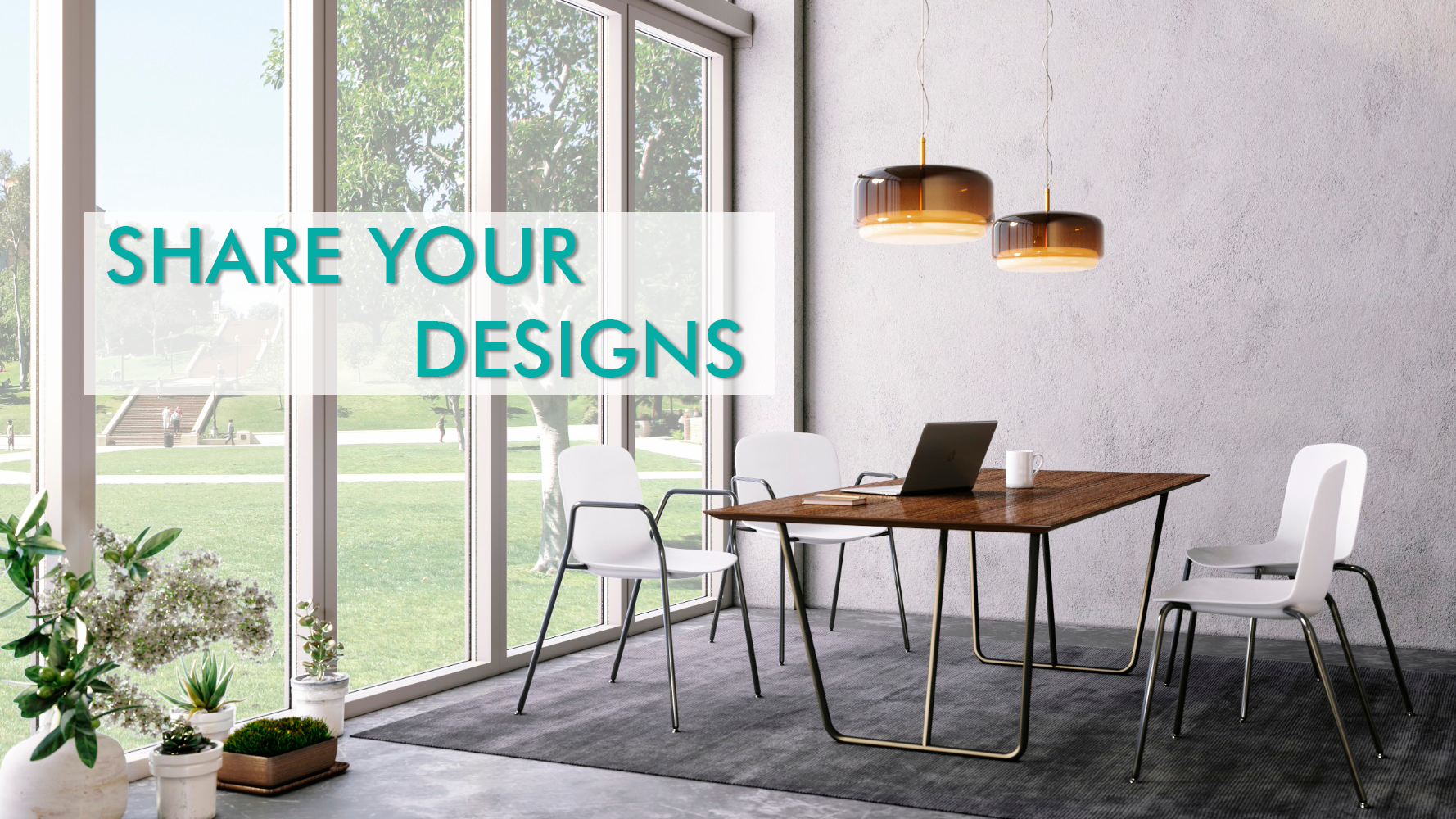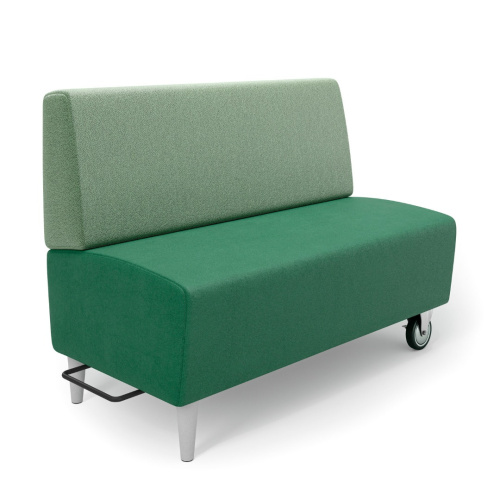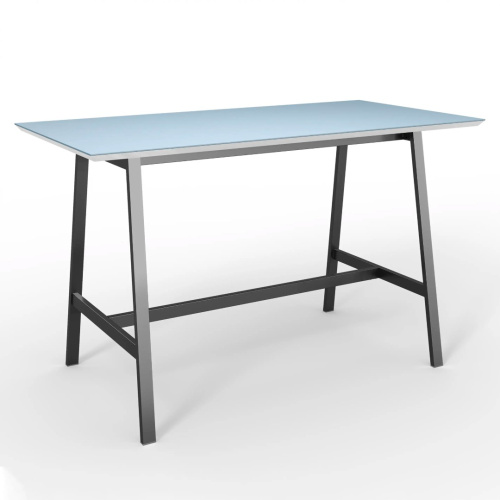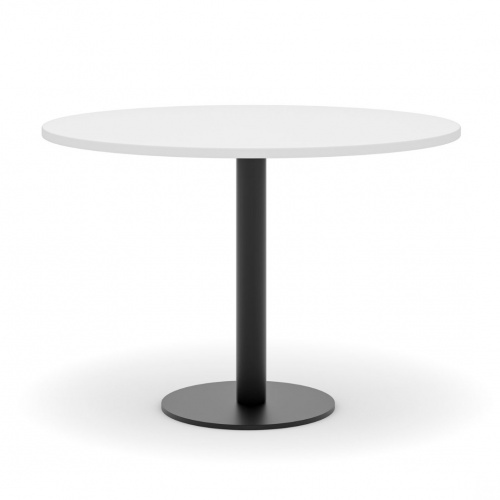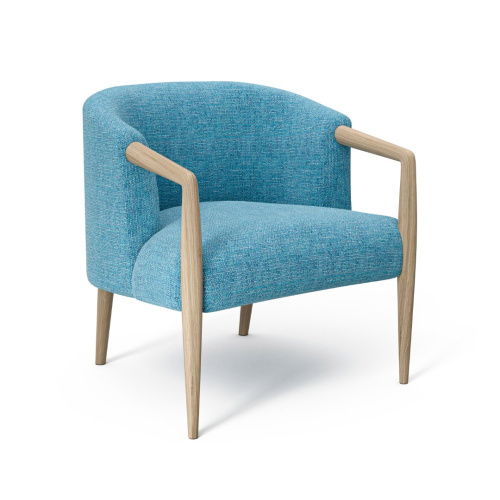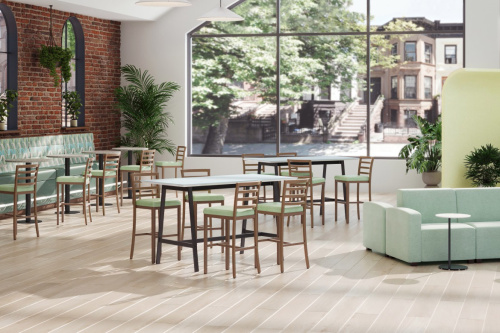The Millennial Generation has certainly made their mark on the workplace and learning environment. The demand for creating a collaborative environment is the cornerstone of the Millennial Movement.
In regards to the Education Facility, the Millennial population has, for the most part, graduated out of the system. The next population trend to contend with is Generation Z, who are now well into college and many are in the workforce already as they often opt for work right out of high school. Gen Z is different than the Millennial, not in a revolutionary way, but enough that they deserve attention. This reality offers new challenges for employers and universities trying to provide environments designed to support not just one generation, but all generations ranging from Boomers to the newest Z’s. Not everyone is using the Gen Z terminology. Some call them Next Gen, Gen Wii, Gen Tech and my favorite, Digital Natives. Whatever you call them, move over Millennials!
Generation Z are those born between 1995 and 2010. They represent the largest group in the market, 24.3% of the population and boast an impressive $3 billion in buying power. The Millennials are only 22.1%.
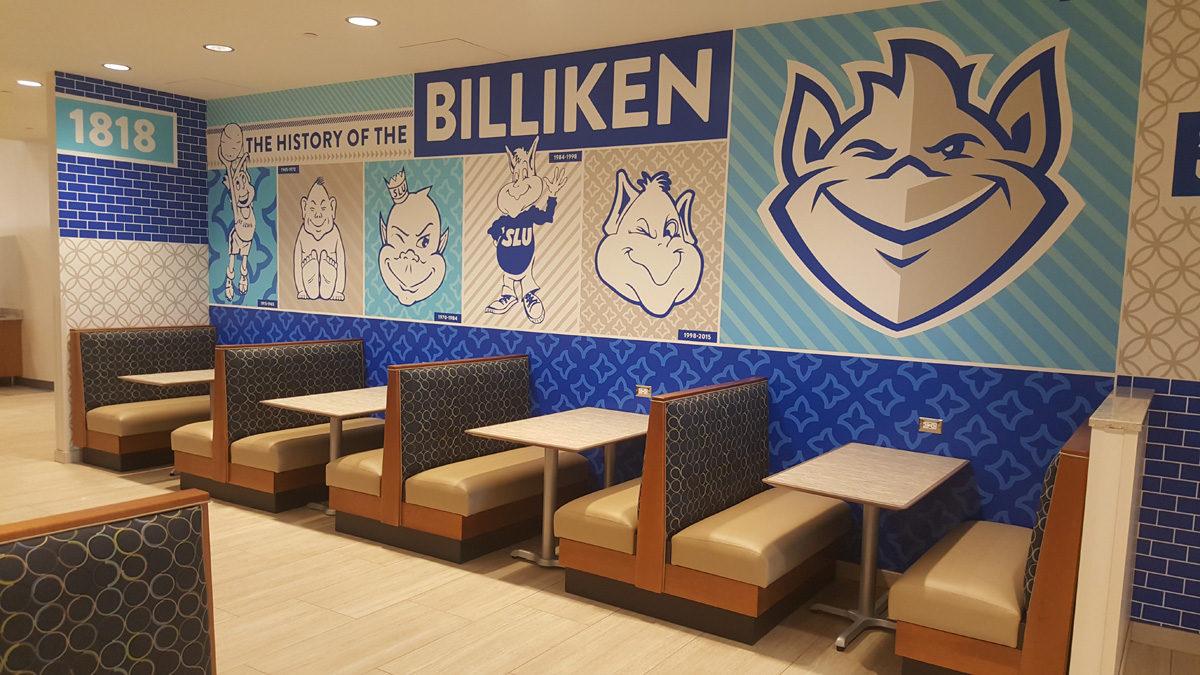
Generation Z has these key qualities:
- They do not know a world without smart phones. They are the most wired generation to date and they truly operate seamlessly with all technology. Not so different from the Millennial, but even more connected. Another similarity is they love to multi-task. What Boomers may feel is a distracted person; the Millennial is able to juggle many tasks at once while thinking nothing of it.
- Z’s are self-directed and highly confident in their abilities.
- These young adults are ethnically diverse and blind to issues that have plagued older generations, making them very tolerant of others.
- Gen Z is According to Deep Patel, a Gen Z marketing exec, “72% of high school students aspire to have their own business.” Impressive, but a challenge for employers
- While they are independent, they place a value on security. Steady paychecks are valued as these people grew up during the great recession and saw their families suffer. This conflicts with the previous generation, who were not as concerned with security.
- Unlike their Millennial cousins, they like to talk face to face and value interaction.
- While they like interaction, their independent nature flies in the face of the open office floor plan and overly collaborative environment. They do not like this configuration.
- They demand their employer and environment adapt to their needs and have a hard time accepting boundaries.
- Attention span has actually declined between the generations. The average Gen Z has an 8 second attention span, down from 12 seconds by the Millennial.
- Work life balance has shifted back toward work where 38% say it is important vs. The Millennial response at 47%
- Like the last generation, they are motivated by environmental causes and are very conscious of the world around them.
These are just few of the traits, but it’s more than enough to start considering how Gen Z will impact the campus or office. As a manufacturer of commons, dining and classroom space, we need to help our clients understand a few things.
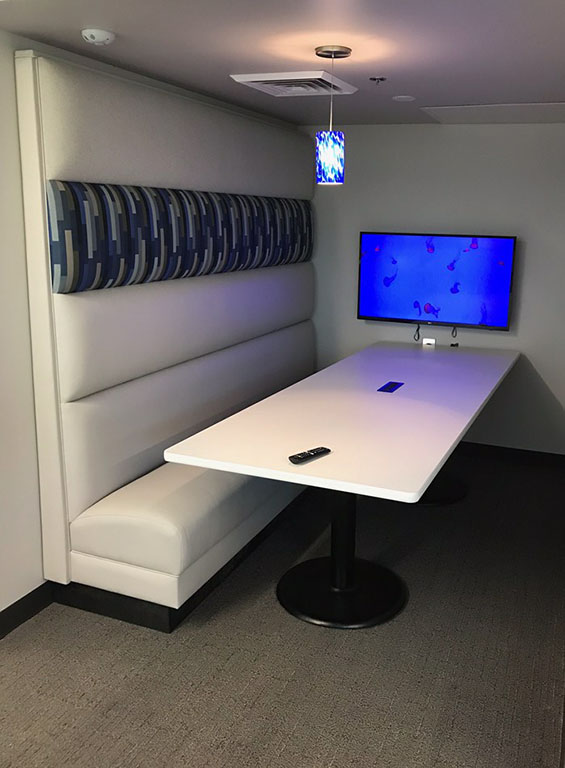
Zoning will continue to be key. Recognizing that the Z’s don’t need collaboration and enjoy independent work, zones help accommodate multiple needs in the space. This trend lends itself to using booths to divide space. Effective, high impact, nooks can be created in a cost-effective manner. Wall benches allow small groups to grow into larger groups, but two booths facing each other create truly intimate space. The traditional booths provide solitude to those that are alone and deep engagement for small groups. Booths create a sense of privacy and security, which was first discovered by behaviorist Dr. Abraham Maslow in his Hierarchy of Needs.
Posture still matters and giving a user the choice to lounge, work at task level, or perch continues to be a feature of any well-designed public space. Nothing improves human interaction more than eye contact, so sitting or standing eye contact matters. We love creating points of “positive collision” at perching or standing height, which allows for quick, effective communication.
Technology is not optional. This almost seems cliché, but it’s true. While laptops often have a 10-hour battery life, apps today are gobbling that up. If you want to see panic, look into the eyes of a Gen Z student who is about to run out of battery. Charging options must be visible and easily accessible whether it’s wireless via induction technology, USB-C for DC charging, traditional USB-A or AC duplex power. Don’t skimp! Having plenty of power available communicates to people that they are welcome to be there using the outlets. It helps build your team environment and a relationship with the company or college.
Hard surfaces are still popular today for durability and a clean environment. Acoustics and the noise created by high reverberation rates should be considered when creating productive spaces. Clearly, Gen Z is a smart and productive group. They don’t love the concept of benching and have a limited attention span. If you have an open plan, you must create quiet space for people to sit and think.
The connection that the Z’s feel with the environment plays into the Biophillia design trend. Biophillia is a topic that is so important, the US Government has an entire department devoted to researching it. Essentially, Biophillia is incorporating natural elements inside the building such as live plants, flowers, and water elements. It’s been proven to help people deal with stress, reduce sick days, and overall feel happier in the space.
The bottom line is Gen Z’s matter. Any university or corporation who wants to obtain the very best this group has to offer should shift attention to the nuances that make them different and design with their interests at heart.

